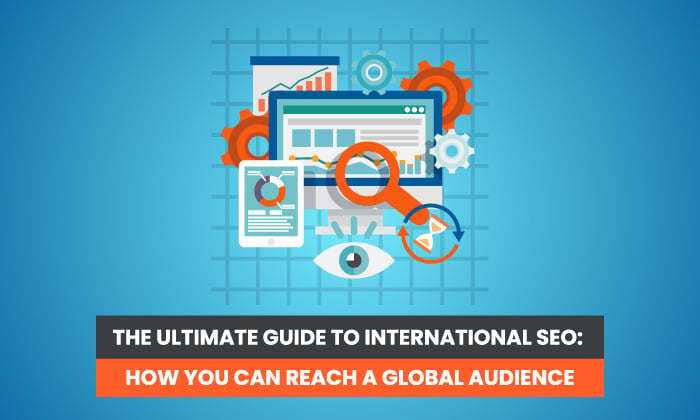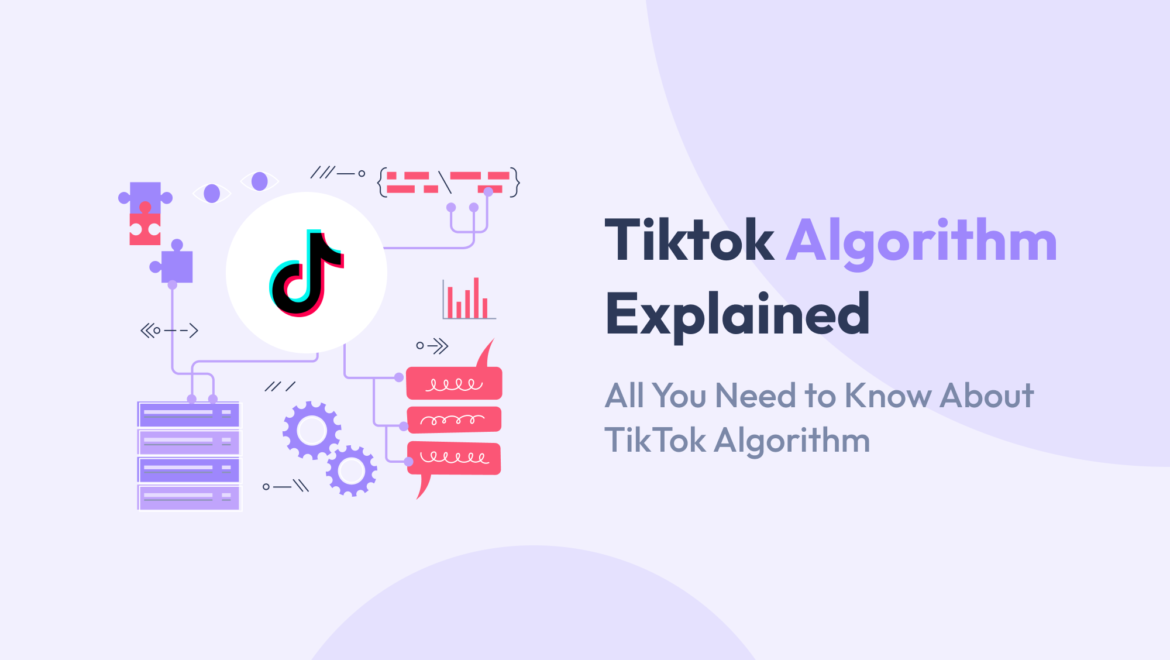International SEO Mastery | Proven Strategies and Powerful Tools for Global Success
This guide delves into the strategies and tools necessary to master international SEO and achieve global success in 2024.

In today’s interconnected world, businesses that expand their reach beyond national borders face unique challenges and opportunities. International SEO is crucial for any organization looking to grow its online presence globally. This guide delves into the strategies and tools necessary to master international SEO and achieve global success in 2024.
Understanding International SEO
Definition: International SEO involves optimizing your website to rank in search engines across different countries and languages. Unlike domestic SEO, which targets a single market, international SEO addresses multiple markets, each with its own set of search behaviors, languages, and regional nuances.
Objectives:
- Increase Visibility: Make your website visible in international search engines.
- Drive Traffic: Attract visitors from different countries and languages.
- Enhance User Experience: Provide a tailored experience for users in various regions.
Key Strategies for International SEO
Conduct Market Research
Understand Local Markets: Before optimizing your website, research the target markets to understand local search behaviors, preferences, and language nuances. Use tools like Google Trends, Statista, and Ahrefs to gather data on search volume and keyword popularity in different regions.
Competitive Analysis: Analyze competitors in your target markets to identify their strengths and weaknesses. Tools like SEMrush and SpyFu can help you understand their SEO strategies and uncover opportunities.
Implement Hreflang Tags
What Are Hreflang Tags? Hreflang tags are HTML attributes that help search engines understand the language and regional targeting of your content. They indicate which version of your page should be shown to users based on their language and location.
Implementation: Include hreflang tags in the <head> section of your HTML or within your XML sitemap. Example:
<link rel="alternate" href="http://example.com/en/" hreflang="en" /> <link rel="alternate" href="http://example.com/es/" hreflang="es" />Benefits:
- Avoid Duplicate Content: Prevents search engines from viewing similar content as duplicate.
- Improve Relevance: Ensures users see the most appropriate version of your site.
Optimize for Local Search Engines
Regional Search Engines: Different countries have their own popular search engines. For example, Bing is popular in the U.S., while Baidu dominates in China. Optimize your site for these search engines as needed.
Local Directories and Listings: Claim and optimize your business listings on local directories and platforms relevant to your target markets. This improves local search visibility and helps with local SEO.
Create Geo-Targeted Content
Localize Your Content: Translate your content into the languages of your target markets. Ensure translations are accurate and culturally appropriate, avoiding automated translations that may lead to errors.
Create Local Content: Develop content that is relevant to each market, addressing local interests, trends, and cultural nuances. This approach increases engagement and relevance for local users.
Example: A global retailer might create separate blog posts or product pages highlighting regional holidays or local events.
Build Local Backlinks
Local Link Building: Acquire backlinks from reputable local websites, blogs, and news outlets in your target markets. This boosts your site’s authority and relevance in those regions.
Local Partnerships: Partner with local influencers, bloggers, and businesses to generate high-quality backlinks and enhance your local online presence.
Optimize Technical SEO for International Sites
Site Structure: Choose the right site structure for your international website. Options include:
- Subdomains:
es.example.com - Subdirectories:
example.com/es/ - Country Code Top-Level Domains (ccTLDs):
example.es
Ensure Fast Load Times: Optimize your site for speed and performance, considering the geographical locations of your users. Use Content Delivery Networks (CDNs) to improve load times globally.
Mobile Optimization: Ensure your site is mobile-friendly, as mobile usage varies by region. Use responsive design or mobile-specific sites to cater to different devices.
Monitor and Analyze Performance
Use Analytics Tools: Track the performance of your international SEO efforts using tools like Google Analytics, Google Search Console, and Bing Webmaster Tools. Monitor metrics such as traffic, rankings, and user behavior.
Analyze User Behavior: Understand how users from different regions interact with your site. Look at metrics such as bounce rates, session duration, and conversion rates to identify areas for improvement.
Example: If users from a specific region have high bounce rates, investigate the cause and make necessary adjustments to improve the user experience.
Powerful Tools for International SEO
Google Search Console
Features:
- Performance Reports: Analyze search performance in different regions.
- Coverage Reports: Check for indexing issues and fix them.
- Hreflang Implementation: Validate your hreflang tags for proper implementation.
Benefits: Helps you monitor and optimize your site’s visibility in international search results.
SEMrush
Features:
- Keyword Research: Discover keywords for different languages and regions.
- Competitive Analysis: Analyze international competitors and their strategies.
- Site Audit: Identify and fix technical SEO issues.
Benefits: Provides comprehensive data for keyword research, competitor analysis, and technical SEO.
Ahrefs
Features:
- Site Explorer: Analyze backlinks and traffic from different regions.
- Keyword Explorer: Find relevant keywords for international markets.
- Content Explorer: Discover popular content in various countries.
Benefits: Offers valuable insights into backlinks, keywords, and content performance in international markets.
Screaming Frog SEO Spider
Features:
- Crawl Analysis: Crawl your site to find technical SEO issues.
- Hreflang Validation: Check hreflang tags for proper implementation.
- Content Analysis: Review content for optimization opportunities.
Benefits: Helps identify technical SEO issues and ensures proper implementation of hreflang tags.
Google Trends
Features:
- Search Trends: Track search trends and popularity in different regions.
- Keyword Comparison: Compare keyword popularity across countries.
- Interest Over Time: Analyze how interest in specific topics changes over time.
Benefits: Provides insights into search trends and helps you understand regional interests.
Final Thought
Mastering international SEO requires a deep understanding of global search behaviors, effective use of SEO tools, and a strategic approach to content localization and technical optimization. By implementing the strategies outlined in this guide, you can enhance your website's visibility, attract international traffic, and achieve global success. Stay informed about industry trends, continuously refine your strategy, and leverage powerful tools to stay ahead in the competitive international SEO landscape.
FAQs
1. What is international SEO?
International SEO involves optimizing your website to rank in search engines across different countries and languages. It focuses on improving visibility and relevance in multiple markets.
2. Why is hreflang important for international SEO?
Hreflang tags help search engines understand the language and regional targeting of your content. They ensure that users see the most appropriate version of your site based on their location and language.
3. How do I choose the right site structure for international SEO?
Choose a site structure based on your business goals and target markets. Options include subdomains, subdirectories, and ccTLDs. Each has its advantages and implications for SEO.
4. What is the best way to localize content for international SEO?
Translate content accurately and culturally adapt it for each target market. Create content that addresses local interests, trends, and cultural nuances to increase relevance and engagement.
5. How can I acquire local backlinks?
Build relationships with local influencers, bloggers, and businesses. Participate in local events, contribute guest posts, and engage with local communities to generate high-quality backlinks.
6. What are some common technical SEO issues for international sites?
Common issues include incorrect hreflang implementation, slow site load times, and poor mobile optimization. Regularly audit your site for these issues and address them promptly.
7. How can I track the performance of my international SEO efforts?
Use tools like Google Analytics, Google Search Console, and Bing Webmaster Tools to monitor metrics such as traffic, rankings, and user behavior. Analyze performance data to refine your strategy.
8. What are topic clusters and how do they benefit international SEO?
Topic clusters are a content strategy where you create a central pillar page and link to related subtopics. This structure improves content organization, enhances internal linking, and helps with SEO.
9. How do I ensure my site is optimized for mobile users globally?
Implement responsive design or create mobile-specific versions of your site. Test your site’s performance on various devices and screen sizes to ensure a positive user experience.
10. What tools can help with international keyword research?
Tools like SEMrush, Ahrefs, and Google Trends provide valuable data for international keyword research. They help identify keywords, search volume, and competition in different regions.
11. How can I handle duplicate content in international SEO?
Use hreflang tags to indicate the language and regional targeting of your content. Avoid duplicating content across multiple regions by creating unique, localized content for each market.
12. What role does user experience play in international SEO?
User experience is crucial for retaining visitors and improving engagement. Provide relevant content, fast load times, and an intuitive site structure to enhance the user experience for international visitors.
13. How can I stay updated on international SEO trends?
Follow industry blogs, attend SEO conferences, and participate in online forums to stay informed about the latest trends and best practices in international SEO.
14. What are some common mistakes in international SEO?
Common mistakes include poor hreflang implementation, failing to localize content, and neglecting technical SEO issues. Regularly audit your site and adjust your strategy to avoid these pitfalls.
15. How can I measure the ROI of my international SEO efforts?
Track metrics such as traffic, conversions, and revenue from international markets. Use analytics tools to measure the impact of your SEO efforts and calculate the return on investment.
Website – https://www.webinfomatrix.com
Mobile - +91 9212306116
WhatsApp – https://call.whatsapp.com/voice/9rqVJyqSNMhpdFkKPZGYKj
Skype – shalabh.mishra
Telegram – shalabhmishra
Email - info@webinfomatrix.com
What's Your Reaction?






















